The Sino-Indian Border dispute is an old and a historical issue which needs a proper political resolution.
Recent clashes in the Tawang sector have shaken the country and brought back memories of the Galwan incident where India lost twenty of its gallant soldiers. Such incidents are not uncommon and have been frequently reported from the entire Line of Actual Control (LAC) on the Indo-China border.
The Sino-Indian Border dispute is an old and a historical issue which needs a proper political resolution. Both countries have fought a major war in 1962 apart from numerous border skirmishes and the incident of 9th December 2022 in the Yangtse sector of Tawang was another one added to the list.
Why Clashes
Apparently, ever since India’s independence, there have been no effort from the political leadership to fix the border issue. While China claimed historical boundaries of erstwhile Tibet as its borders, India was carrying on the legacy of certain British maps which were never accepted or endorsed by China.
As a result, we have a large number of disputed areas claimed by both countries, especially in Eastern Ladakh and Arunachal Pradesh. Some of them have a very high tactical and strategic importance and that's why both countries want to dominate them at any cost. Both the countries have been sending their patrolling parties to dominate these areas and sometimes when they come face to face, such clashes do happen. It happened in Galwan and it happened in Yangtse too.
Yangtse is located right on the International Borderline about 25 kms Northeast of Tawang and is located on a height which gives an upper hand over the adversary. Anyone dominating it can have a clear view of the entire Tawang valley as well as areas till Bum-la. Although well within the Indian territory, Yangtse is aggressively claimed by China which has not only constructed a road till Yangtse but also created a well-established military base in Xiaokang just opposite Yangtse. So, it is essential for India to keep Yangtse under its control at all costs.
It is pertinent to understand the reasons why frequent clashes are reported and for that we need to dig deep into the history.
Also read: ‘Why did you take money from China?’: BJP vs Congress erupts over Tawang clash, Amit Shah attacks Opposition
Historic blunders of Indian government
Ever since Independence, Indian leadership knew very well that the border issue between India and China is under dispute, and they must have resolved it politically. In the earlier years, when China was a considerably weak country, no action was initiated by Indian leadership to resolve the issue which ultimately resulted in 1962 Sino-Indian War. Even when Pakistan handed over Shaksgam Valley (an Integral part of India) to China, no one raised a voice.
Instead, our leaders came up with a policy that no infrastructure will be developed in border areas adjoining China. The flimsy reason given was that China may use this infrastructure created by India to reach deep into Indian territory. While on one hand it stopped China partially from reaching our main towns but at the same time, it limited the reach ofIndian forces to the border too. As a result, the disputed areas claimed by both remained almost untouched by Indian presence. On the other hand, China was advancing fast and it not only established border posts but critical infrastructures too, while India was nowhere to be seen. There were places where Indian posts were located 30-40 and even 50 kms away from the border and used to patrol the disputed areas once/twice a year through their long-range patrols.
So, the reason for no clashes during earlier times is clear. Since there was no Indian presence in disputed areas, there was no face off and hence there was no report of any clash.
This policy of not developing border Infrastructure continued till 1991 and no one was bothered about it. Post 1991 too, several governments thought over it but since India was going through a bad economic situation and there was serious political instability, things could not be materialized and no significant results were visible till the current government took over in 2014 and anticipated the Chinese threat in detail. Large scale projects, roads, bridges, railway lines and tunnels were constructed on a fast-track basis which allowed the access of Indian forces to the so-called disputed areas. Let us take the example of Galwan Valley. Earlier, there was no approach and the area was accessible only on foot, Indian patrols used to visit there rarely but after the construction of an all-weather road (Durbuk-Shyok-Daulat Begh Oldi Road or DSDBO Road), India was able to establish permanent posts in the areas hence there was a face off since Chinese resisted it.
What is the future?
As we understand the reason behind the current clashes, the future can also be predicted. As India is moving ahead towards not only developing border infrastructure at a very rapid pace but also deploying its forces right till the LAC. You can understand the force level that Eastern Ladakh which was dominated by just an Infantry brigade in 1962, is now controlled by a full-fledged “Fire & Fury Corps”. Similarly, the force leveling Eastern Sector has also been ramped up. This has irked China which is also showing aggressive postures so in my opinion, there are high possibilities of such clashes in the future. As Indian and Chinese troops will have more face offs, more vulnerable the situation will be.
However, the solution to this problem does not lie in the hands of the military. It is a political issue and has to be resolved politically only. The question is still the same still. Will our political leadership learn something from its historical blunders?
![submenu-img]() Bigg Boss OTT 3: Anil Kapoor confirmed as new host, says 'jhakaas nahi kuch khaas karte hai', leaves netizens divided
Bigg Boss OTT 3: Anil Kapoor confirmed as new host, says 'jhakaas nahi kuch khaas karte hai', leaves netizens divided![submenu-img]() Felony charges and political ambitions: Donald Trump at the legal and electoral crossroads
Felony charges and political ambitions: Donald Trump at the legal and electoral crossroads![submenu-img]() This actor left UPSC dreams for Bollywood, was launched by Amitabh, fought Shah Rukh, then disappeared for years, now...
This actor left UPSC dreams for Bollywood, was launched by Amitabh, fought Shah Rukh, then disappeared for years, now...![submenu-img]() Data-Driven Decision Making: Leveraging KPI Metrics for Strategic Insight
Data-Driven Decision Making: Leveraging KPI Metrics for Strategic Insight![submenu-img]() Exploring transformative potential of application modernisation for sustainable solutions in future
Exploring transformative potential of application modernisation for sustainable solutions in future![submenu-img]() Meet Indian genius who won National Spelling Bee contest in US at age 12, he is from…
Meet Indian genius who won National Spelling Bee contest in US at age 12, he is from…![submenu-img]() Meet man who became IIT Bombay professor at just 22, got sacked from IIT after some years because..
Meet man who became IIT Bombay professor at just 22, got sacked from IIT after some years because..![submenu-img]() Meet Indian genius, son of constable, worked with IIT, NASA, then went missing, was found after years in...
Meet Indian genius, son of constable, worked with IIT, NASA, then went missing, was found after years in...![submenu-img]() Meet IAS officer who was victim of domestic violence, mother of two, cracked UPSC exam in first attempt, she's posted in
Meet IAS officer who was victim of domestic violence, mother of two, cracked UPSC exam in first attempt, she's posted in![submenu-img]() RBSE Class 5th, 8th Result 2024 Date, Time: Rajasthan board to announce results today, get direct link here
RBSE Class 5th, 8th Result 2024 Date, Time: Rajasthan board to announce results today, get direct link here![submenu-img]() DNA Verified: Did Kangana Ranaut party with gangster Abu Salem? Actress reveals who's with her in viral photo
DNA Verified: Did Kangana Ranaut party with gangster Abu Salem? Actress reveals who's with her in viral photo![submenu-img]() DNA Verified: New Delhi Railway Station to be closed for 4 years? Know the truth here
DNA Verified: New Delhi Railway Station to be closed for 4 years? Know the truth here![submenu-img]() DNA Verified: Did RSS chief Mohan Bhagwat praise Congress during Lok Sabha Elections 2024? Know the truth here
DNA Verified: Did RSS chief Mohan Bhagwat praise Congress during Lok Sabha Elections 2024? Know the truth here![submenu-img]() DNA Verified: Is CAA an anti-Muslim law? Centre terms news report as 'misleading'
DNA Verified: Is CAA an anti-Muslim law? Centre terms news report as 'misleading'![submenu-img]() DNA Verified: Lok Sabha Elections 2024 to be held on April 19? Know truth behind viral message
DNA Verified: Lok Sabha Elections 2024 to be held on April 19? Know truth behind viral message![submenu-img]() Streaming This Week: Panchayat season 3, Swatantrya Veer Savarkar, Illegal season 3, latest OTT releases to binge-watch
Streaming This Week: Panchayat season 3, Swatantrya Veer Savarkar, Illegal season 3, latest OTT releases to binge-watch![submenu-img]() Avneet Kaur shines in navy blue gown with shimmery trail at Cannes 2024, fans say 'she is unstoppable now'
Avneet Kaur shines in navy blue gown with shimmery trail at Cannes 2024, fans say 'she is unstoppable now'![submenu-img]() Assamese actress Aimee Baruah wins hearts as she represents her culture in saree with 200-year-old motif at Cannes
Assamese actress Aimee Baruah wins hearts as she represents her culture in saree with 200-year-old motif at Cannes ![submenu-img]() Aditi Rao Hydari's monochrome gown at Cannes Film Festival divides social media: 'We love her but not the dress'
Aditi Rao Hydari's monochrome gown at Cannes Film Festival divides social media: 'We love her but not the dress'![submenu-img]() AI models play volley ball on beach in bikini
AI models play volley ball on beach in bikini![submenu-img]() DNA Explainer: Why was Iranian president Ebrahim Raisi, killed in helicopter crash, regarded as ‘Butcher of Tehran’?
DNA Explainer: Why was Iranian president Ebrahim Raisi, killed in helicopter crash, regarded as ‘Butcher of Tehran’?![submenu-img]() DNA Explainer: Why did deceased Iranian President Ebrahim Raisi wear black turban?
DNA Explainer: Why did deceased Iranian President Ebrahim Raisi wear black turban?![submenu-img]() Iran President Ebrahim Raisi's death: Will it impact gold, oil prices and stock markets?
Iran President Ebrahim Raisi's death: Will it impact gold, oil prices and stock markets?![submenu-img]() Haryana Political Crisis: Will 3 independent MLAs support withdrawal impact the present Nayab Saini led-BJP government?
Haryana Political Crisis: Will 3 independent MLAs support withdrawal impact the present Nayab Saini led-BJP government?![submenu-img]() DNA Explainer: Why Harvey Weinstein's rape conviction was overturned, will beleaguered Hollywood mogul get out of jail?
DNA Explainer: Why Harvey Weinstein's rape conviction was overturned, will beleaguered Hollywood mogul get out of jail?![submenu-img]() Bigg Boss OTT 3: Anil Kapoor confirmed as new host, says 'jhakaas nahi kuch khaas karte hai', leaves netizens divided
Bigg Boss OTT 3: Anil Kapoor confirmed as new host, says 'jhakaas nahi kuch khaas karte hai', leaves netizens divided![submenu-img]() This actor left UPSC dreams for Bollywood, was launched by Amitabh, fought Shah Rukh, then disappeared for years, now...
This actor left UPSC dreams for Bollywood, was launched by Amitabh, fought Shah Rukh, then disappeared for years, now...![submenu-img]() Bujii and Bhairava review: Prabhas' futuristic Baahubali-type Kalki 2898 prelude AD is fun, AI Keerthy steals the show
Bujii and Bhairava review: Prabhas' futuristic Baahubali-type Kalki 2898 prelude AD is fun, AI Keerthy steals the show![submenu-img]() This actress gave no hits in 9 years, no Bollywood releases in 5 years, charges Rs 40 crore per film, net worth is..
This actress gave no hits in 9 years, no Bollywood releases in 5 years, charges Rs 40 crore per film, net worth is..![submenu-img]() Mr & Mrs Mahi review: Janhvi, Rajkummar's earnest performances can't save film that doesn't really get cricket or women
Mr & Mrs Mahi review: Janhvi, Rajkummar's earnest performances can't save film that doesn't really get cricket or women![submenu-img]() Viral video: Little girl’s adorable dance to 'Ruki Sukhi Roti' will melt your heart, watch
Viral video: Little girl’s adorable dance to 'Ruki Sukhi Roti' will melt your heart, watch![submenu-img]() Groom jumps off stage for impromptu dance with friends, viral video leaves netizens in splits
Groom jumps off stage for impromptu dance with friends, viral video leaves netizens in splits![submenu-img]() Viral video: Chinese man stuns internet by balancing sewing machine on glass bottles, watch
Viral video: Chinese man stuns internet by balancing sewing machine on glass bottles, watch![submenu-img]() Watch: First video of Mukesh Ambani's son Anant Ambani-Radhika Merchant's 2nd pre-wedding bash goes viral
Watch: First video of Mukesh Ambani's son Anant Ambani-Radhika Merchant's 2nd pre-wedding bash goes viral![submenu-img]() Viral video: Outrage over woman's dance at Mumbai airport sparks calls for action, watch
Viral video: Outrage over woman's dance at Mumbai airport sparks calls for action, watch

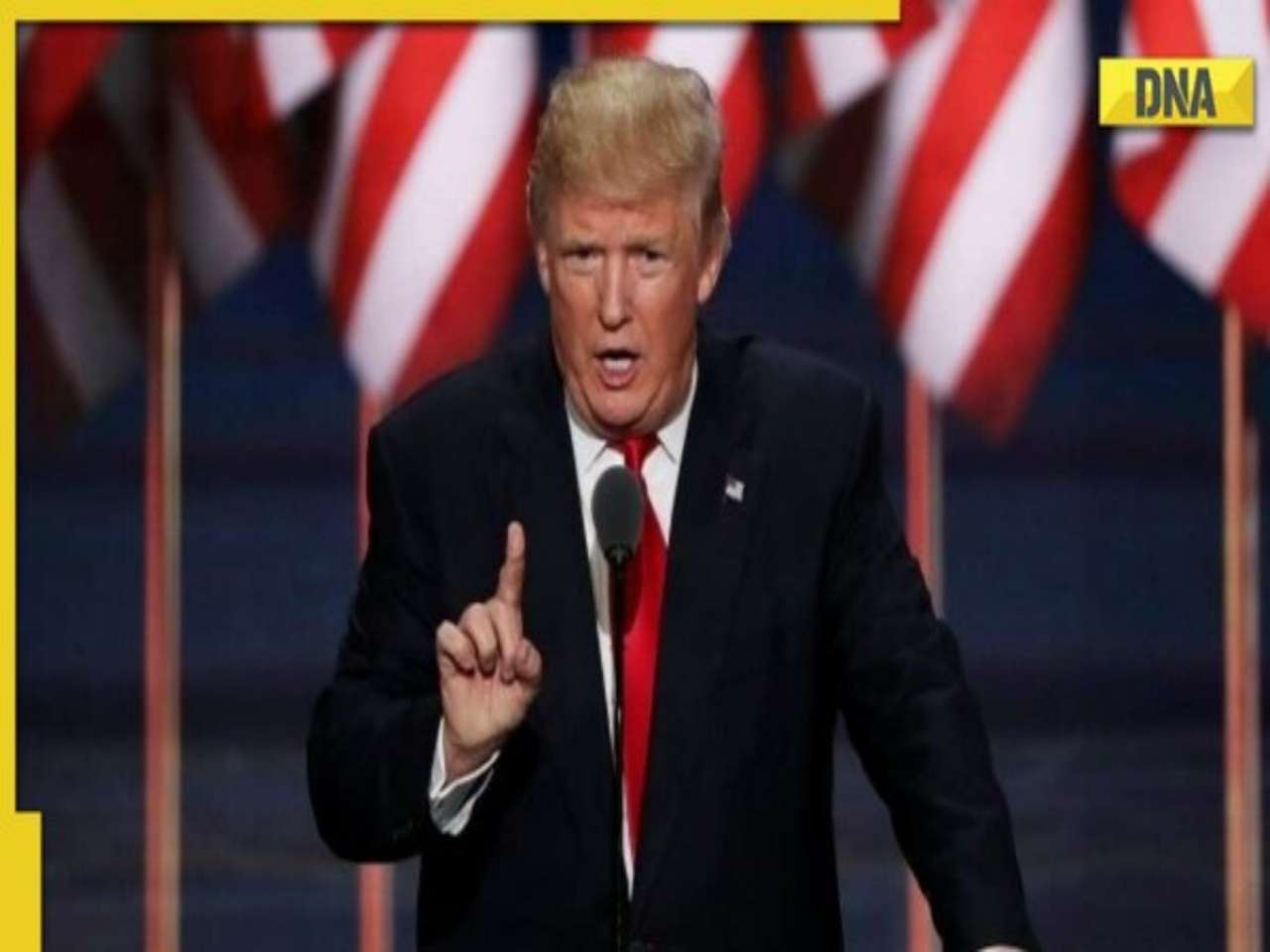
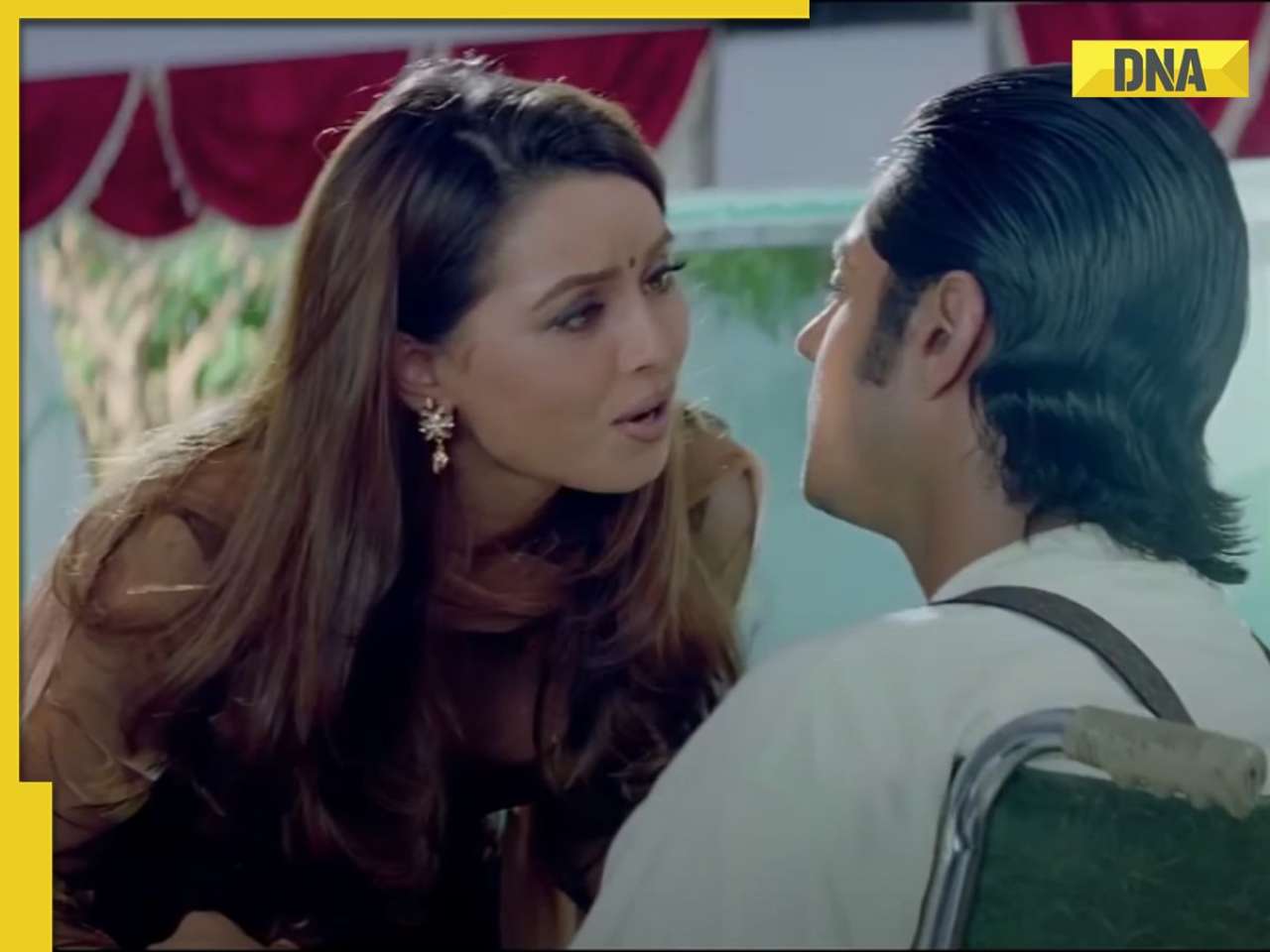































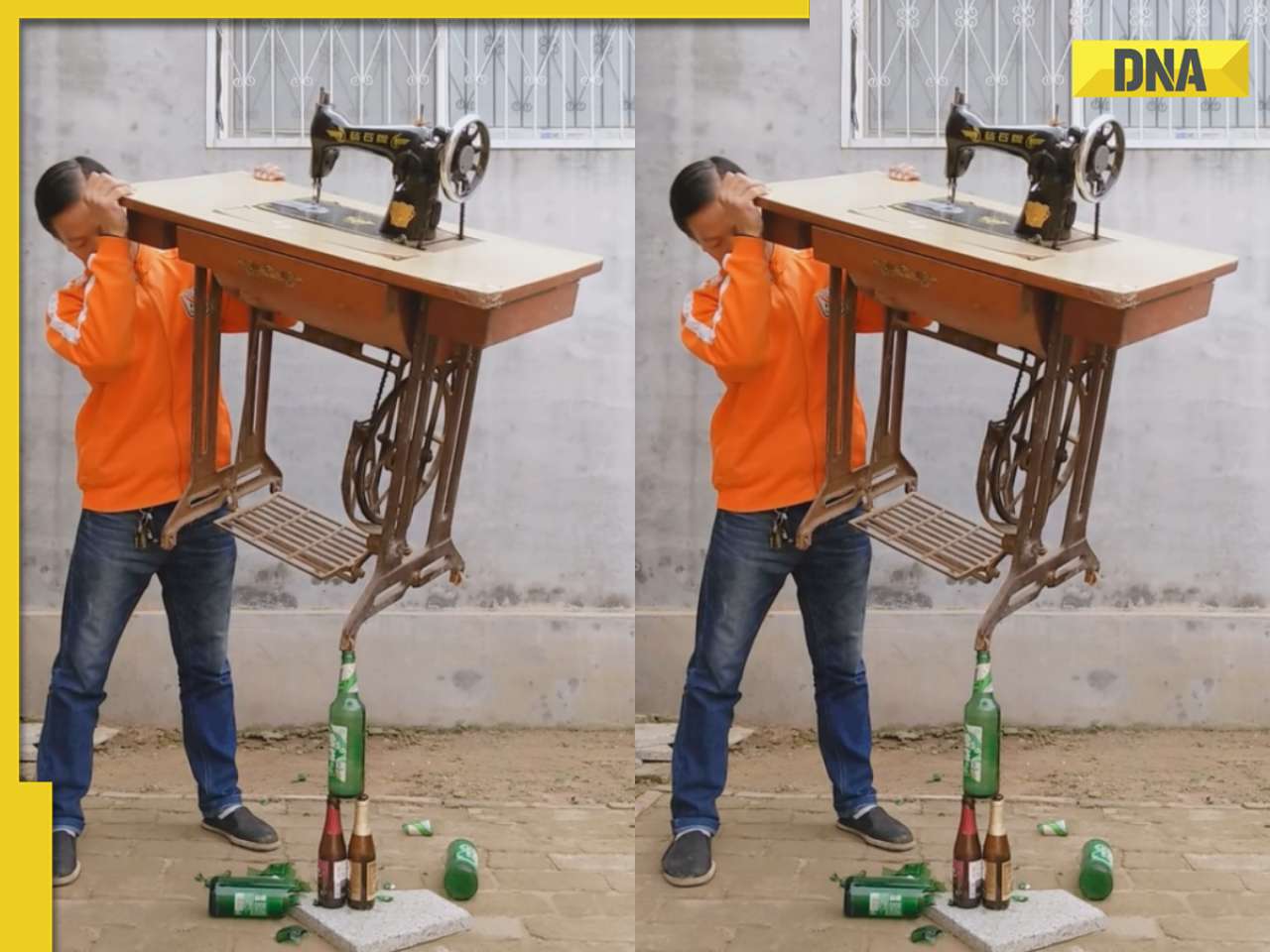

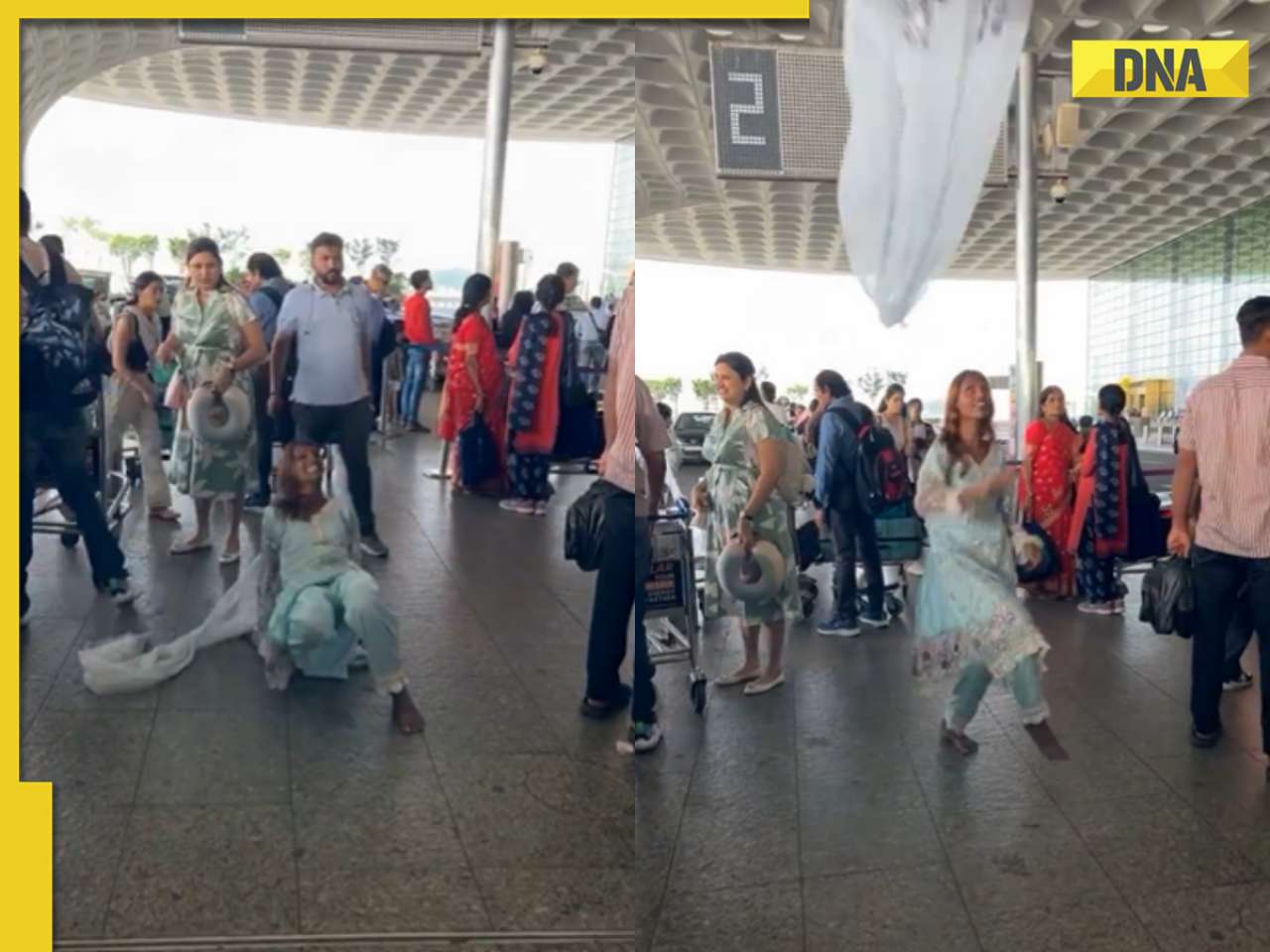

)



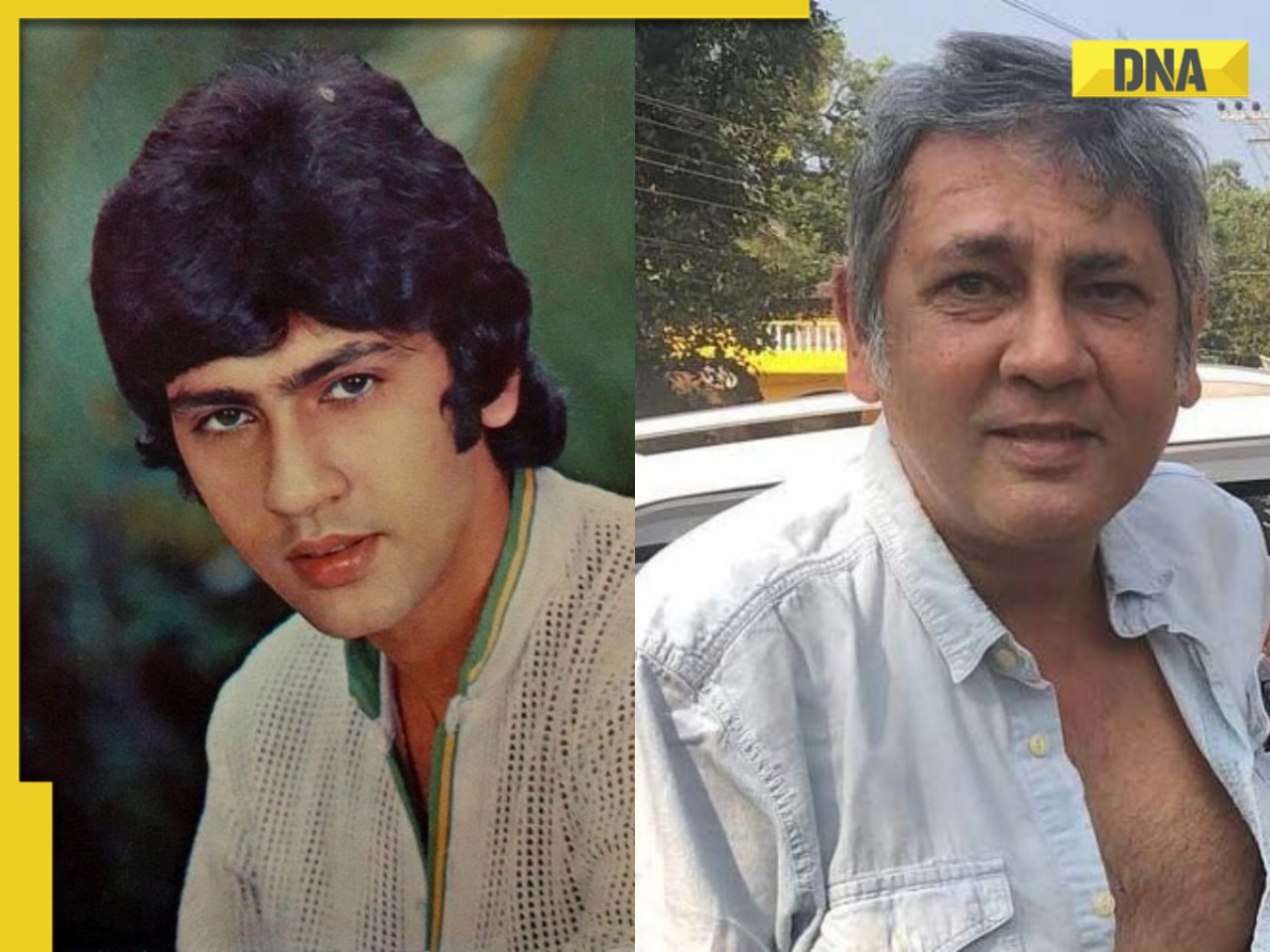














)
)
)
)
)
)